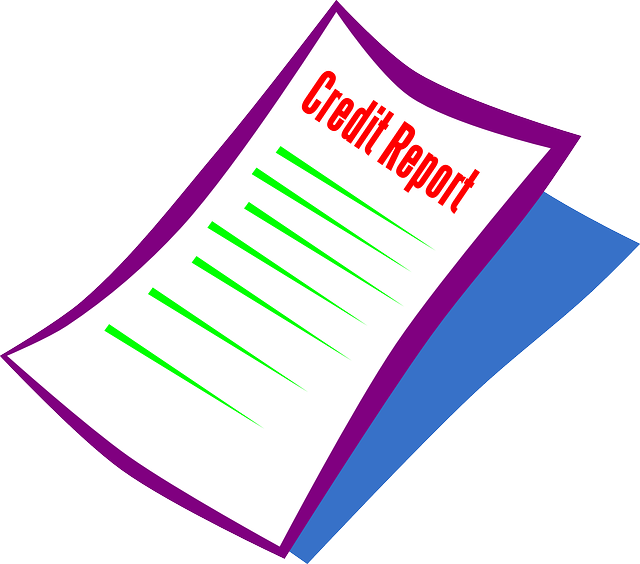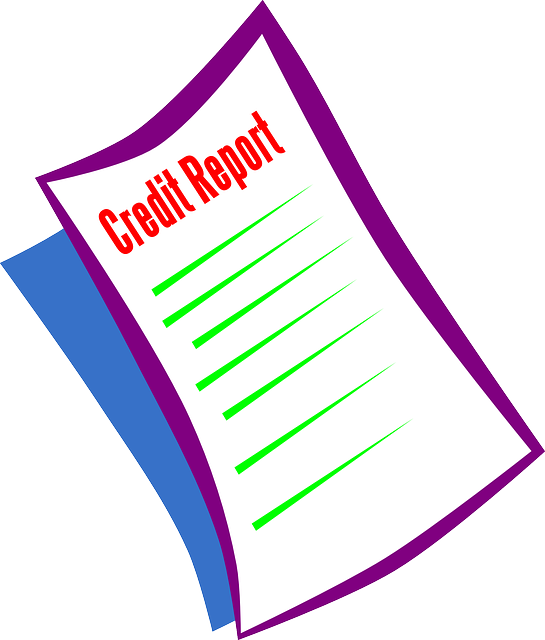When considering equipment loans, prioritizing financial criteria in lender selection is essential for businesses. This involves evaluating interest rates, repayment terms, and collateral requirements to ensure affordable, long-term benefits. Focusing on specialized lenders with competitive rates, flexible terms, and transparent practices leads to smoother borrowing experiences and favorable outcomes. Understanding interest types, loan durations, and repayment structures empowers informed decisions. Lender selection should also consider credit assessments, debt analysis, and flexible collateral options based on business assets for optimal loan terms.
When considering an equipment loan, understanding the financial criteria for selection is paramount. This decision impacts not just immediate cash flow but also long-term operational stability. This article guides business owners through the intricate process of lender selection, focusing on key financial factors. We delve into interest rates, repayment options, credit requirements, and collateral considerations to ensure you make an informed choice that aligns with your company’s growth goals.
- Understanding the Importance of Financial Criteria
- Key Factors in Equipment Loan Lender Selection
- Interest Rates and Terms: What to Look Out For
- Repayment Options and Flexibility
- Credit Requirements and Collateral Considerations
Understanding the Importance of Financial Criteria

When considering equipment loans, understanding the financial criteria involved is paramount in making informed decisions, especially during lender selection. These criteria serve as guiding principles to ensure the loan aligns with your business’s financial health and growth prospects. Lenders assess various factors such as interest rates, repayment terms, and collateral requirements to mitigate risks and determine the feasibility of a loan offer.
Paying close attention to these financial aspects enables businesses to secure loans that are both affordable and beneficial in the long term. It helps avoid potential pitfalls like excessive interest burdens or unfavorable repayment conditions. By thoroughly evaluating these criteria, borrowers can navigate the lender selection process effectively, ultimately fostering sustainable business growth and financial stability.
Key Factors in Equipment Loan Lender Selection

When selecting an equipment loan, lender selection is a crucial step that cannot be overlooked. Key factors to consider include the lender’s expertise and specialization in equipment financing, as well as their understanding of your industry. A reputable lender should have a proven track record of providing loans for similar businesses, demonstrating their knowledge of the specific equipment you intend to purchase and the associated risks.
Additionally, the lender’s interest rate structure, loan terms, and flexibility should align with your financial needs. Compare different lenders’ offerings, paying attention to any hidden fees or conditions that could impact your overall costs. Opting for a lender with transparent practices and reasonable terms will ensure a smoother borrowing process and better long-term financial outcomes.
Interest Rates and Terms: What to Look Out For

When considering equipment loans, one of the most critical aspects is understanding the interest rates and loan terms offered by different lenders. This decision significantly impacts your overall financial burden and long-term budget planning. It’s essential to compare rates from various lenders to ensure you’re getting a competitive offer. Keep an eye out for fixed versus variable interest rates; fixed rates provide stability, while variables can fluctuate based on market conditions.
Terms, such as loan duration, repayment structures, and prepayment penalties (if any), should also be carefully evaluated. Opting for a lender that aligns with your repayment preferences is key. Whether you prefer shorter terms for quicker debt payoff or longer ones to spread payments, the terms should suit your cash flow capabilities. Understanding these factors empowers you to make informed choices during the lender selection process, ultimately securing favorable conditions for your equipment loan.
Repayment Options and Flexibility

When considering equipment loans, one crucial aspect in the lender selection process is understanding the repayment options offered. Different lenders provide various structures, from fixed-rate to variable-rate loans, each with its advantages and considerations. Fixed-rate loans offer predictability, allowing borrowers to budget accurately over the life of the loan, while variable rates can fluctuate based on market conditions, potentially providing initial cost savings that could change over time.
Flexibility in repayment terms is another critical factor. Some lenders may permit amortization periods tailored to the borrower’s cash flow patterns, ranging from shorter terms for those who want to pay off their loans swiftly to longer terms offering smaller monthly payments. This flexibility ensures that borrowers can align their loan repayments with their financial capabilities, making it easier to maintain operational stability while investing in necessary equipment.
Credit Requirements and Collateral Considerations

When considering equipment loans, one of the critical factors is understanding the lender’s credit requirements and collateral policies. Lenders will assess your creditworthiness as a borrower, typically examining your business’s financial health and history. This includes verifying revenue streams, debt obligations, and any existing credit lines or loans. A strong credit score and solid financial standing increase your chances of securing favorable loan terms.
Collateral is another essential aspect of equipment financing. Lenders often require collateral to mitigate risk, ensuring they have a form of security in case of default. The type and value of collateral can vary; it could be real estate, inventory, accounts receivable, or even the equipment itself. Adequate collateral can help negotiate better interest rates and loan-to-value ratios, making the borrowing process smoother for borrowers. Therefore, when selecting a lender, consider those who offer flexible collateral options aligned with your business’s assets.
